There’s many parts to a solar panel that are sometimes included within the kit that you purchase, or sometimes, you’re going to have to buy the core parts to the solar panel by yourself.
With this quick guide, we’ll explain the core solar panel components, so you won’t have to waste your time researching.
Check it out!
Solar Panel
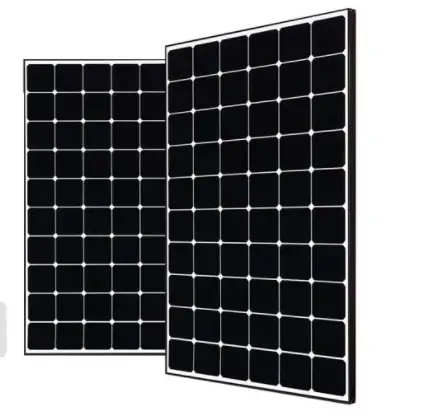
The actual solar panel is obviously the most important part of the whole kit. Inside of the solar panel, in simple terms, the particles of light that come from the rays of the sun knock electrons free from atoms which generate a flow of electricity.
The photovoltaic cells are responsible for the conversion of sunlight into electricity, and those cells linked together make up the entirety of the solar panel. By using a combination of phosphorus and silicon, extra electrons get added which generates slightly more electricity since there’s another layer of a magnetic field and more electrons to produce the power.
The power that gets converted isn’t usable power just yet-- it needs to go through some other processes and wiring in order for the electricity to be usable by a house or an RV. All that the solar panels do is transform sunlight into direct current power- or DC power- which is an important term as you continue down the path of different solar panel components.
Because of the technology surge, there are different types of solar panels in the market: some that are big, cheap, powerful, flexible, or portable-- you name it. If you’re wanting to know more about the best solar panels in the market currently, check out our article, “8 Best Portable Solar Panels for Camping & Hiking,” for more information.
Solar Inverters
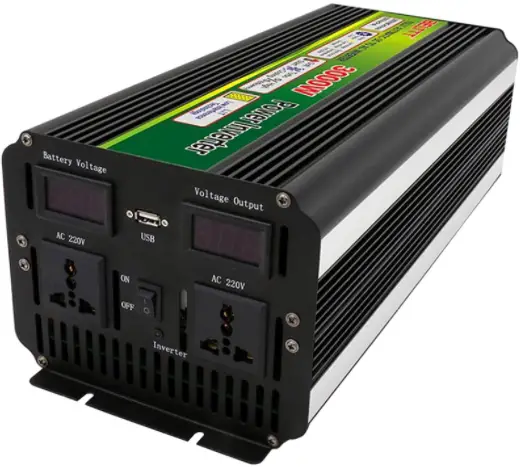
Our next step down the path of solar panels is the inverter stage. After the circuits within the photovoltaic cells collect the DC power, solar inverters are put into play to convert DC power into AC power, also known as alternating current power-- AC power, in simple terms, is usable electricity.
Most homes in the world use AC power, so the energy that’s produced by solar panels isn’t useful on its own. At this point, the energy is free to travel within your house or RV to be used as power for your appliances and electronics. The best part is that if you’re using more electricity than you need, it gets sent back into the grid to ensure that you aren’t wasting any power.
Depending on how many solar panels you have, you might need more than just one inverter, but that’s for solar systems with more than 10 kiloWatts in the system. But even after all of this, just having a solar panel and a solar inverter isn’t enough-- it may be enough if you have direct access to sunlight all the time, but that isn’t the case most of the time.
For cloudy, rainy days where there isn’t any usable sunlight, or for the nighttime, there’s a way to save the excess solar energy without feeding it to the grid which is our next step down the path.
If you’re wanting to know about which solar inverters are currently the best in the market, check out our article on them: “Best Solar Inverters.” You’ll find helpful analysis within the article that’ll point you in the right direction for your next solar inverter.
Solar Batteries
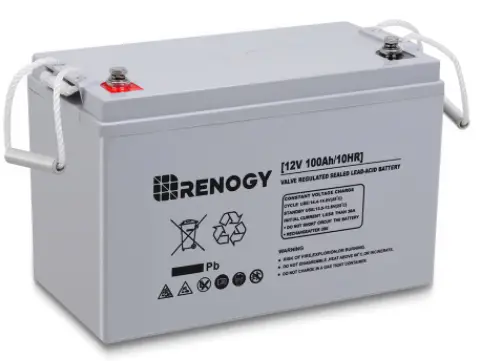
An easy way for you to store excess AC power is to store it within solar batteries. A solar battery is simply just a battery that’s charged with energy from solar panels after going through an inversion process in the solar inverter. The solar battery banks are one of the best ways to save on electricity in your house and is the next big thing in renewable energy.
By saving and transferring unwanted solar electricity into a solar battery bank, you’ll be able to use this electricity during the night or during days without sunlight. Not only will you save on peak, high-cost energy bills, you’ll be in the position to cut the utility cord completely with a perfect solar setup.
If you’re got a grid-tied battery, you’ll be using some electricity from the sun and some from the city’s power grid-- this way, there’s no worries about running out of solar power, and you won’t need a backup generator. With an off-grid system, you’ll need a backup generator to power up when you run out of power. Along with this, you’ll also be needing a bigger battery bank size to ensure the saving of enough energy.
There are many kinds of batteries in the market: AGM, deep-cycle gel, eco-friendly, and flood-lead acid. Every type of battery has their own advantages whether it’s the high capacity of stored electricity, the size, or the cost, they all come with their own pros and cons.
If you’re wanting to read more about the different types of solar batteries out there or to see what kind of battery is the best for you, read our article, “5 Best Batteries for Solar RV,” to learn more about solar batteries.
Check out more solar batteries here
Monitoring
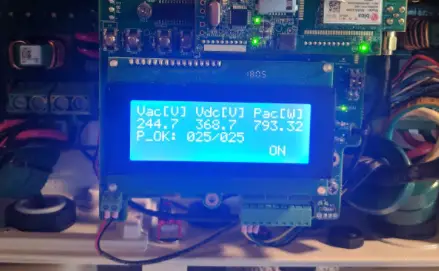
The process of going green with solar panels doesn’t stop when you’ve got solar panels, inverters, and solar batteries. While most solar panel kits come with a way to monitor battery usage, it’s highly recommended to have a way to monitor solar usage for future references.
This is where solar monitors come in! Solar monitoring enables you to make sure your solar panels are working properly by tracking and checking the status of the power output of your solar system-- you’ll have a screen that displays 24/7, 365 days a year, just for you to have peace in your mind that your panels are working in the most efficient way possible.
More importantly, you’ll also be able to view how much money your solar system is saving you in energy costs when compared to the energy used from the city’s grid-- watching this in real-time gives you the relaxing and satisfying feeling that’ll make you say “this system was well worth my money.”
The software that’s included in most monitoring displays allows you to see how many kiloWatt-hours of electricity your solar panel is producing at any given moment in time along with telling you about how much power and electricity you have left in your solar batteries before they are completely empty-- this will allow for better planning, overall.
If you’re wanting to know more about the best monitoring tools and equipment that’s out there currently, check out our article, “Best Battery Monitoring,” to get a feel for the best monitoring displays for you.
Racking
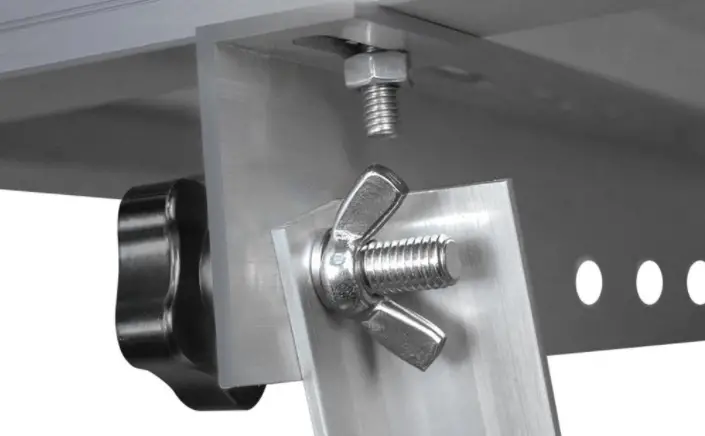
The solar racking system is used to safely fix solar panels to different terrains and surfaces such as rooftops, building faces, grass, cement, and even slopes. The mounts are designed and engineered to easily be fitted to existing rooftops and structures for aesthetics and good-looks-- you can’t have an ugly roof design!
Solar panel orientation absolutely matters; don’t let anyone tell you any different. The most that your solar panel will produce is when the sun is perfectly perpendicular to the solar panel. For flat-laying solar panels, this can only happen once a day for a brief period of time which raises a big problem that comes with an easy solution.
Though they are slightly more expensive than traditional mounting systems, the rotating mounts make it so that the solar panels can track the sun’s position in the sky and “follow” the sun so that you’re getting the most out of your solar panel.
As you drive past solar fields, you’ll notice that most solar panels are set up at an angle rather than being laid flat on the ground. This is to ensure the perpendicularity and to increase the output of energy. Ground mounting comes with its own advantages, but most of the time, you’ll want to make sure that the solar panels are away from any large structures that cause shadows over the solar panels such as boulders, hills, trees, and buildings.
Solar mounts are also perfect for hiding your batteries and inverters for more aesthetics and good-looks from the exterior of the building.
For more information on how best to mount your solar panels, check out “The 5 Best Solar Panel Mounts: A Quick Guide” for a complete breakdown of the equipment and the different types of mounts that are out there.
Wiring
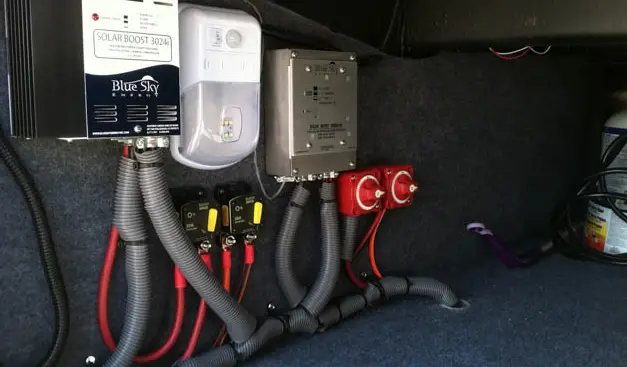
Now that we’ve gone through the different paths that are within a solar system, we’re almost done. Solar wiring is an important part of connecting everything together, but you’ve gotta know how it’s done.
Solar wiring comes with most solar kits and are used in connecting major components to each other, but the order of connection is vital.
For solar panels, you’ll need to connect the wires that come from the panels to a solar monitoring system if you’ve got one-- if you’ve opted out from using one, it’s perfectly fine not to have one. After connecting with the monitor, each of the two wires will go to the opposing terminals of the batteries-- black goes to black, and red goes to red in most cases.
From the battery, there will need to be another wire that comes out from each battery terminal that connects to a solar inverter to keep a circulation of solar power. Lastly, there will need to be another pair of wires that come out of the battery and connect to the “grid” or into whatever will be powering your appliances and electronics since the energy is usable.
If you don’t have a monitoring system, no worries-- the wires from the solar panels will connect directly to a solar battery. From there, another pair of wires will run from the batteries to the solar inverter to convert energy and power, and the process afterwards is still the same.
For more info, check out the last half of our article, “What Can a 100 Watt Solar Panel Run?” for a full breakdown of what a good solar system setup should look like.
Charge Controllers
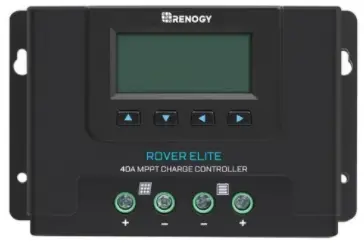
Charge controllers are battery savers, literally. Solar charge controllers are connected to the batteries and monitor the capacity level of batteries. Once the battery bank is nearly full, the controller will slow down the charging current to maintain the required power to charge the battery enough to top it off but no more than that.
By being able to control the amount of solar juice that’s inside of the batteries, it can disable the batteries from overcharging and ruining the lifespan of the batteries.
The lifespan of solar batteries, and batteries in general, decreases when they recharge past a certain point of recharging. Believe it or not, by filling up batteries to full capacity everytime ruins the batteries more and more-- batteries, in most cases, are the most expensive part of any system and must be protected as much as it can be.
Solar charge controllers will also monitor temperature and optimize the battery charging to charge accordingly. The colder it gets, the more battery drainage there will be, but the batteries will overheat less in the cold. Being completely opposite for high temperatures, batteries tend to keep their charge longer in the heat but will overheat quickly-- charge controllers can prevent this!
In the last half of our article, “How Much Solar Power Do I Need for My RV?,” we talk about charge controllers more deeply and how important they are when it comes to solar systems.
Check out more charge controllers here
Miscellaneous Components
An important component within a solar system is a backup power generated which stores excess power once the batteries are filled up all the way. Think of them as a backup battery for when the solar system is out of power, but they’re a component that must manually be turned on in order for the power to be consumed-- only to be used in emergencies!
The backup generator, an optional piece of equipment within the system, must connect separately with the inverter so that it can take some power and lead it towards the generator instead of trying to fill up the batteries and harm them by overflowing.
Wrapping up
We hope that this guide helped plan out your solar system. Some solar kits are different from others and don’t come with all of the components-- some of the parts are optional and will only benefit the user if they’ve got the money and budget to afford the pieces.
Now, when your solar system kit comes delivered to you, you’ll be ready to tackle the system as a whole instead of wasting your time researching other components and stressing out about if you actually need it or not!
